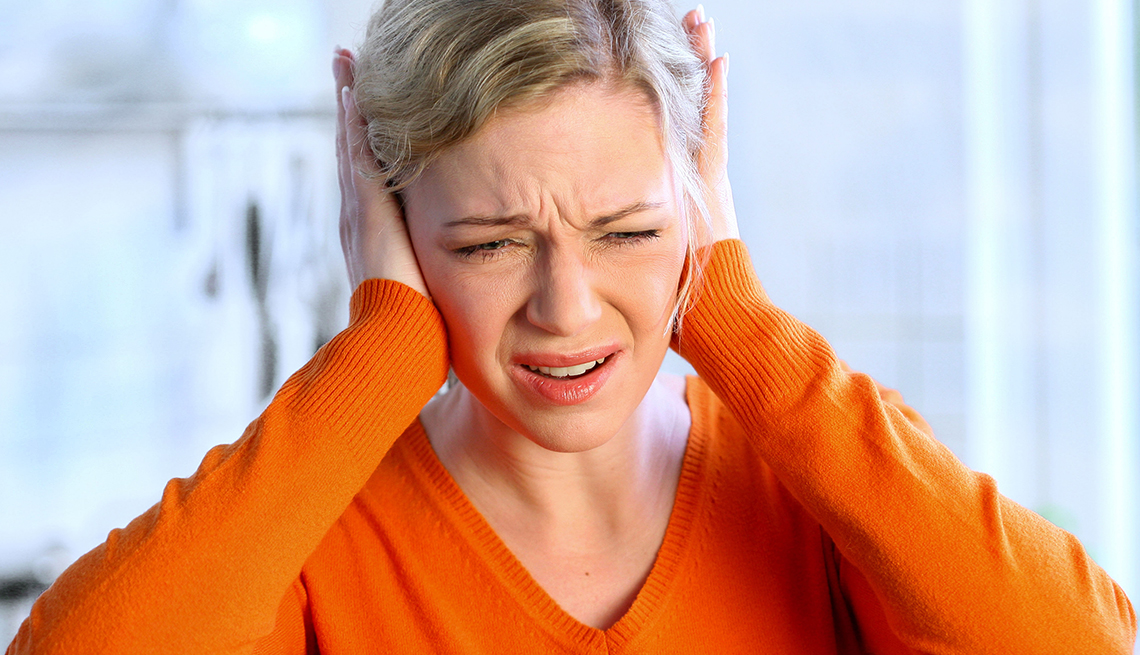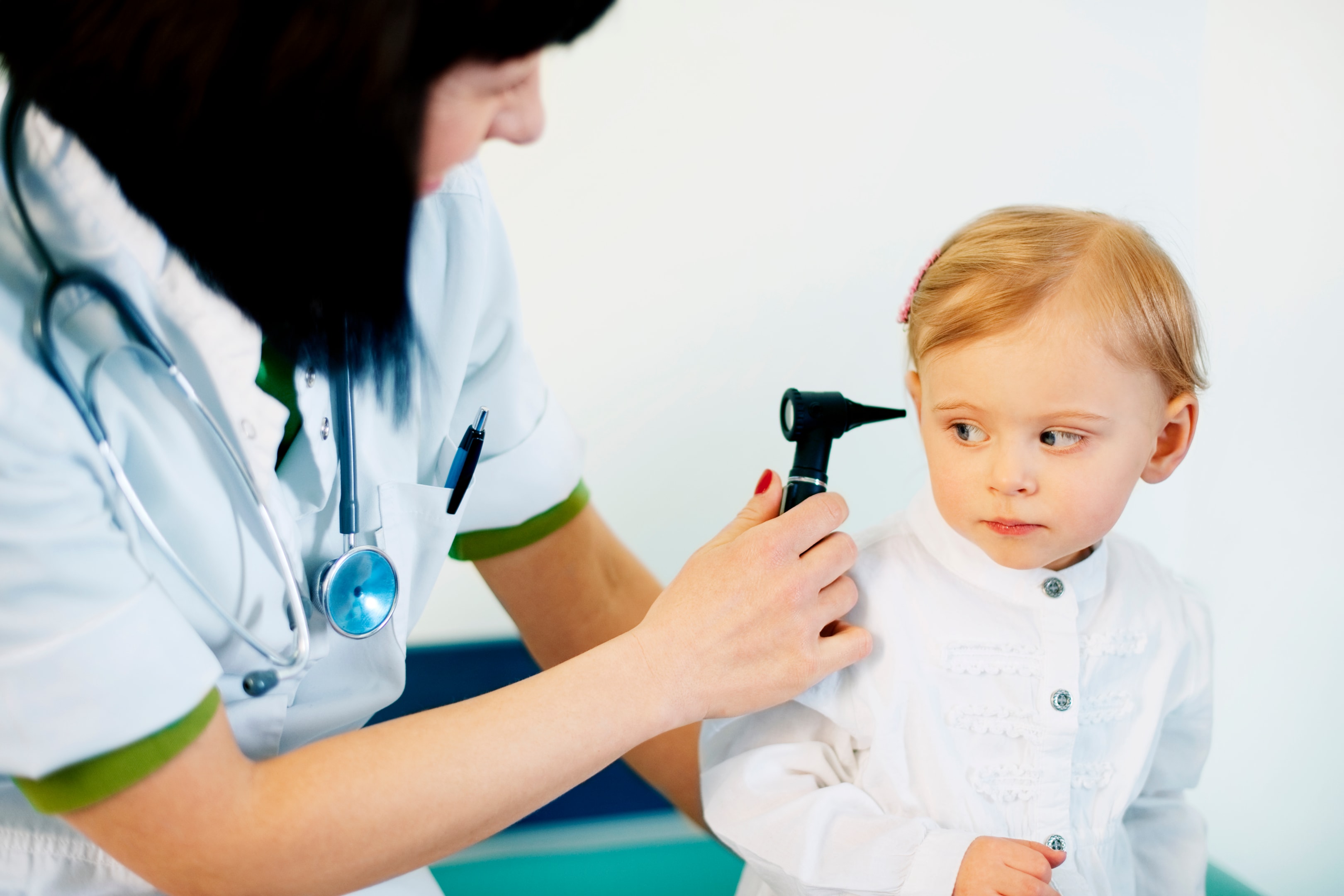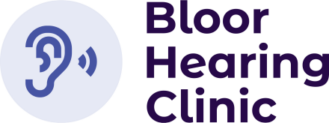
Our Blog
Otoacoustic Emissions Test: What You Need To Know

Otoacoustic emissions (OAE) testing is a quick, non-invasive way to measure inner ear function and screen for hearing loss. It is critical in universal hearing screening programs, especially for newborns and young children. The process is straightforward and doesn’t require the patient’s active participation, making it ideal for infants and toddlers.
In this guide, we’ll break down everything you need to know about the otoacoustic emissions test: what it measures, how it works, and why it’s essential for identifying hearing problems early. We will also discover how the results can help determine if further testing or intervention, such as hearing aids in Toronto, Canada, is needed.Otoacoustic Emissions (OAE): What They Are
Otoacoustic emissions are sounds that the inner ear, specifically the outer hair cells, naturally produces in response to a stimulus like a soft clicking sound or pure tone. These emissions are a sign that the peripheral auditory system, particularly the cochlea, is functioning properly. When a sound stimulates the ear, outer hair cells move and create low-level sounds that travel back through the middle ear and into the external ear canal. These are detected by a sensitive microphone during an OAE test. A healthy cochlea produces these emissions, which means normal hearing or at least no significant sensorineural hearing loss in the inner ear.Different Types of Otoacoustic Emissions
There are multiple types of otoacoustic emissions, categorized by how they are elicited and what they indicate about inner ear health. Each type offers unique insights into the function of the outer hair cells in the cochlea and the overall status of the peripheral auditory system. Understanding these distinctions is essential for selecting the appropriate test protocols and interpreting results accurately across various clinical and screening settings. Let us take a closer look at these types.Spontaneous Otoacoustic Emissions (SOAE)
These are sounds the ear generates on its own, without any external stimulation. Spontaneous otoacoustic emissions (SOAEs) are found in about 30-70% of people with normal hearing. They suggest healthy cochlear function, but aren’t used alone for diagnostic purposes due to their unpredictability. Factors influencing SOAEs include the following:- Hearing Thresholds: SOAEs are less likely to be found in people with hearing loss, especially if the loss is greater than 30 dB HL.
- Age: SOAEs are more commonly found in infants and younger individuals than in older adults.
- Gender: Some studies suggest a slight difference in SOAE prevalence between genders, with females potentially showing a higher rate than males.
- Laterality: There may also be a slight difference in SOAE prevalence between the right and left ears, with the right ear sometimes showing higher rates
Evoked Otoacoustic Emissions (EOAE)
Evoked otoacoustic emissions (EOAEs) are soft sounds generated by the cochlea, the spiral-shaped, fluid-filled part of the inner ear responsible for hearing. They are a byproduct of the cochlear amplifier, a mechanism that enhances the sensitivity of the inner ear to sound. When an auditory stimulus is presented, such as a click, it travels through the ear canal and into the middle ear, where it is amplified by the ossicles (tiny bones). This sound energy then stimulates the cochlea, causing the outer hair cells to vibrate and produce the EOAEs.Transient-Evoked Otoacoustic Emissions (TEOAE)
Transient-evoked otoacoustic emissions use brief tone burst stimuli or clicks to stimulate the ear. They help assess a broad frequency range of cochlear function and are commonly used in newborn hearing screening and universal hearing screening programs. A lack of TEOAE response may indicate hearing loss, middle ear effusion, or external ear canal blockage.Stimulus Frequency OAE (SFOAE)
This method uses a pure-tone sound, and the same frequency is analyzed for emissions. Stimulus frequency OAEs (SFOAEs) provide information across a narrower frequency range, making them less commonly used in routine clinical settings. They provide information about the cochlea’s mechanical tuning and the condition of its hair cells and are used to assess hearing function, especially in newborn hearing screening and in diagnosing certain types of hearing loss.Distortion Product OAE (DPOAE)
Distortion product otoacoustic emissions are generated when the ear is stimulated with two tones at slightly different frequencies. The resulting emission appears at a specific distortion product frequency. DPOAEs are widely used in both diagnostic OAE testing and hearing screening because they give information about a more targeted frequency range and can help detect noise-induced hearing loss or sensorineural hearing loss early.What Is an Otoacoustic Emissions Test?
An otoacoustic emissions test evaluates how well the cochlea, especially the outer hair cells, responds to sound. A small probe placed in the patient’s ear canal emits sounds and records responses. If the cochlea generates an otoacoustic emission, it indicates a functional inner ear with normal hearing. If there’s no response, it could mean conductive hearing loss or sensorineural hearing loss. It can also be a middle ear issue.OAE Test Limitations
The OAE test does not assess the entire auditory pathway; it stops at the cochlea. Conditions like auditory neuropathy spectrum disorder, where the inner ear is fine but nerve signaling is disrupted, won’t be detected by OAE alone. That’s why diagnostic tests like auditory brainstem response (ABR) may be recommended alongside OAE for a differential diagnosis.Other Uses for OAE Tests
Beyond routine hearing screening, OAE tests have wider clinical applications. They help monitor ongoing auditory health, assess specific cochlear functions, and guide treatment decisions in various auditory disorders.Revealing Ear Blockage
No OAE responses may point to ear canal obstruction, middle ear effusion, or wax buildup. This makes it helpful in diagnosing conductive hearing loss and determining whether further examination or treatment, such as cerumen removal or managing middle ear fluid, is needed.Monitoring Ototoxicity
OAE testing can monitor inner ear health in patients taking ototoxic medications. Regular baseline OAE testing and follow-ups can catch changes before hearing impairment occurs, allowing for early intervention or adjustment of medication to prevent permanent damage.Diagnosis
OAE results support diagnosis in cases of:- Auditory neuropathy spectrum disorder, where outer hair cells function normally, but auditory signals are disrupted beyond the cochlea
- Tinnitus, especially when linked to cochlear dysfunction, provides objective data when patients report phantom sounds
- Ménière’s disease, where OAE testing can show abnormal cochlear response due to fluid buildup, aiding differential diagnosis and tracking disease progression
Types of Otoacoustic Emissions Test
There are different OAE test protocols, depending on the goal—screening or diagnosis. Choosing the right test ensures appropriate evaluation of the auditory system, especially when time, patient cooperation, or clinical suspicion are factors.Diagnostic OAE Test
This test is more comprehensive and used when hearing loss is suspected or when monitoring known auditory issues. It involves testing over a broad frequency range with detailed analysis of the signal-to-noise ratio and main test frequency responses. Diagnostic OAE measurements can help distinguish between sensorineural and conductive hearing loss and provide valuable insight into cochlear function.Screening OAE Test
This quick pass/refer test is usually used in universal hearing screening settings. It’s ideal for newborns, children, or individuals who can’t provide a behavioral response in conventional hearing tests. Because of its speed and simplicity, it’s commonly used in high-volume settings like hospitals and public health programs.OAE Hearing Tests for Newborns
Both newborn hearing screening and early intervention programs rely on OAE hearing screener devices to identify hearing impairment within days of birth. They are safe, quick, and painless. Detecting hearing issues early allows infants to receive appropriate follow-up testing and intervention during critical language development stages.OAE Hearing Tests for Children
Children who can’t complete behavioral testing like pure tone audiometry benefit from OAE testing. It’s often used in schools, ENT clinics, or pediatric health centers. The test helps identify undiagnosed hearing loss or monitor changes over time, particularly in children with developmental delays or communication disorders.Why Are Otoacoustic Emissions Tests Important?
OAE tests are crucial for detecting hearing loss early, especially in infants and people exposed to noise at work or daily life. Identifying noise-induced hearing loss or auditory disorder early leads to better outcomes. OAE testing also helps confirm normal hearing or pinpoint outer ear, middle ear, or inner ear problems, supporting long-term hearing health.How To Get Ready for an Otoacoustic Emissions Test
No special preparation is needed. However, make sure the ear canal is clean and free of wax. Avoid talking, moving, or making noise during the test procedure. Even subtle noise exposure can affect test results. It’s also important to inform your provider if you’ve recently had an ear infection or suspect any middle ear issues, as these can interfere with otoacoustic emissions (OAE) responses. If you’re visiting Bloor Hearing Clinic, their experienced audiologists will guide you through the process and ensure that the external ear canal is clear for accurate results. For patients seeking audiologists for tinnitus, OAE testing may be part of the evaluation, especially if there’s a need to assess outer hair cell function or rule out underlying cochlear abnormalities.How Is an Otoacoustic Emissions Test Performed?
During an OAE test, the audiologist gently inserts a small probe into the patient’s external ear canal. This probe emits soft sounds or tone burst stimuli, stimulating the inner ear’s outer hair cells. The probe then records the stimulated acoustic emissions generated in response. The test is painless, non-invasive, and doesn’t require the patient to respond, making it ideal for newborns, young children, and individuals who cannot participate in behavioral testing.What Equipment Is Used for an OAE Test
Audiologists use specialized equipment to capture and analyze otoacoustic emissions (OAE), including:- A probe containing a speaker and microphone
- OAE analyzer software
- Headphones (used in certain test protocols)
What Other Examinations May Be Done Along With an OAE Test
To get a full picture of hearing health, audiologists may combine the OAE test with other diagnostic tests, such as:- Otoscopy – to inspect the external ear canal for blockages or wax buildup
- Tympanometry – to evaluate middle ear function and detect issues like middle ear effusion
- Pure tone audiometry – for patients who can give a behavioral response to assess hearing thresholds across a range of frequencies
